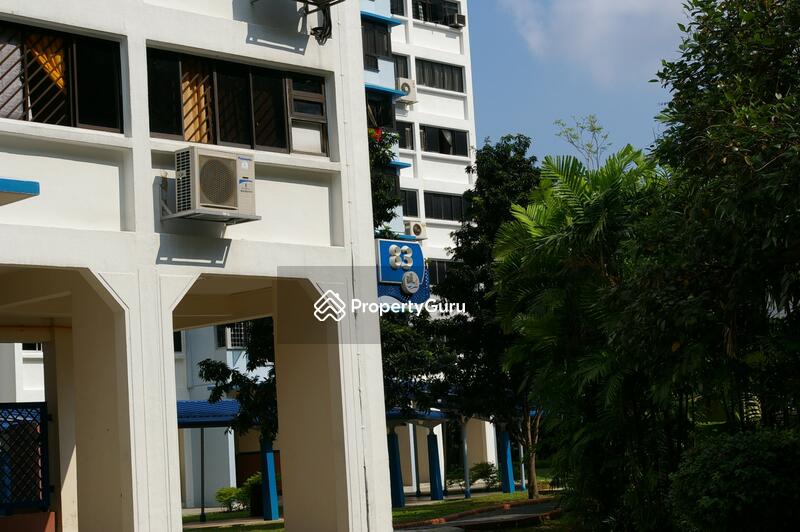

- #Saving mapped drives with network ioff how to
- #Saving mapped drives with network ioff mac os x
- #Saving mapped drives with network ioff free
- #Saving mapped drives with network ioff windows
Map a network drive to Mac OS X that re-mounts after system reboot You can access the network share like any other folder at this point, so long as it’s maintained on the same network. The drive will now appear on your desktop and in the Finder window sidebar.Enter your login/password and click “OK” to mount the network drive.Enter the path to the network drive you want to map, ie: smb://networkcomputer/networkshare and click ‘Connect’.From the Mac OS X Finder, hit Command+K to bring up the ‘Connect to Server’ window.This method connects to and maps a network drive or network share that will disappear if the network connection drops, is disconnected, or if you reboot your Mac:
#Saving mapped drives with network ioff how to
How to Map a Network Drive / Server to Mac OS X
#Saving mapped drives with network ioff windows
This also works on all common network share types, though AFP and SMB / Windows are the most common for most Mac users.
#Saving mapped drives with network ioff free

This is useful to differentiate the mappings that you configured. Optionally enter a note in the Administrative note field.You can override the global settings of this feature for specific Workspace Containers.This setting enables the user to access the same drives from local desktop and from virtual desktop using the VDX plugin. Drive mappings that are configured for the remote desktop can be set as local drive mappings too. Also connect all network drives using VDX plugin.Drive and port mappings will not be refreshed if the Lockdown and Behavior option Do not refresh Workspace when network connectivity changes is selected (at Composition > Desktop > Lockdown and Behavior).This ensures that connection state-dependent Drive Mappings become available or disappear correctly. Refresh Drive and Port Mappings when network connectivity changes allows you to refresh Drive Mappings automatically when the network connectivity of a session changes.

If both a managed and an unmanaged version of a drive exist, the unmanaged version will be replaced by a managed version after logging off/on. With an unmanaged drive, a drive is meant that has no managed equivalent in Workspace Control. Only network drives that are managed by Workspace Control will be disconnected, all other drives will not be touched. Skip unmanaged drives can only be selected when the option Disconnect all network drives before logging on/off is enabled.Disconnect all network drives before logging on/off cleans the user's profile from user-connected and disabled drives.


 0 kommentar(er)
0 kommentar(er)
